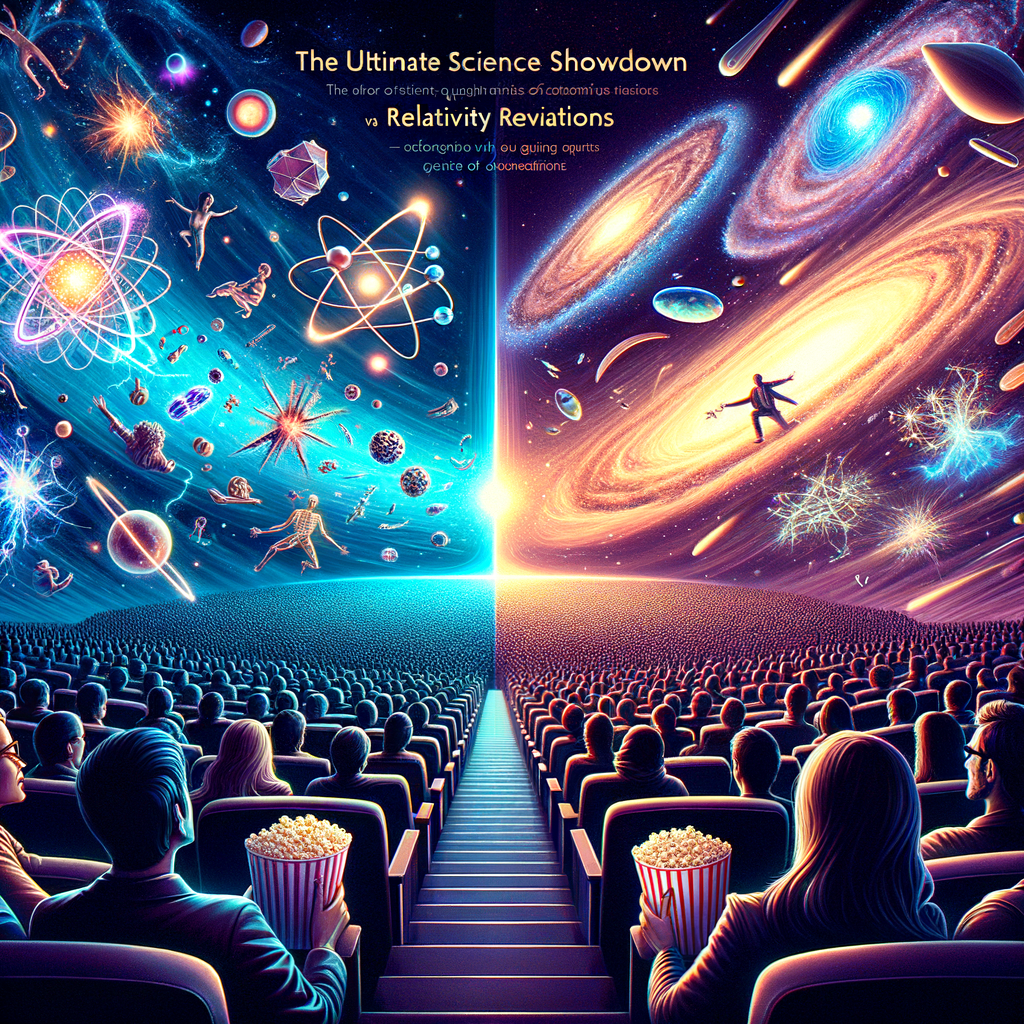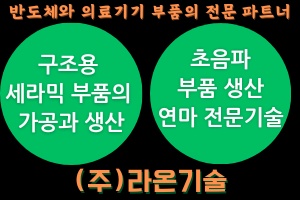Welcome to the ultimate science showdown! In one corner, we have the mind-bending marvel of quantum mechanics, the realm of the tiniest particles and their bizarre behaviors. In the other, the grand spectacle of relativity, the cosmic ballet that governs the vast universe. Grab your popcorn and get ready to dive into the mesmerizing worlds of Quantum Quirks and Relativity Revelations!

Quantum Quirks: Tiny Wonders Unveiled!
Step into the subatomic rollercoaster that is quantum mechanics, where particles don’t just follow the rules—they rewrite them! Imagine a world where electrons can be in two places at once, and particles communicate faster than the speed of light. Welcome to the quantum realm, where the playbook is filled with tricks and surprises that even seasoned physicists find astonishing.
One of the most mind-boggling aspects of quantum mechanics is the concept of superposition. Picture Schrödinger’s cat, both alive and dead until someone peeks inside the box. This isn’t just a spooky tale; it’s a fundamental reality for particles like electrons and photons. They exist in multiple states simultaneously until observed, collapsing into a single state when measured. It’s like the universe’s way of keeping its cards close to its chest until the very last moment.
And then there’s entanglement, often dubbed “spooky action at a distance” by Einstein himself. When particles become entangled, the state of one instantly affects the state of the other, no matter the distance between them. It’s as if the particles share a secret handshake, defying our everyday understanding of space and time. This quantum magic is not just theoretical; it’s the cornerstone of emerging technologies like quantum computing and quantum cryptography, promising to revolutionize the future.
Relativity Revelations: The Cosmic Dance Explained!
Meanwhile, in the world of the infinitely large, relativity reigns supreme. Conceived by the ingenious mind of Albert Einstein, relativity unravels the mysteries of space, time, and gravity. Imagine a universe where time stretches and contracts, and the fabric of space bends under the weight of massive objects. Welcome to the grand symphony of relativity, where everything is interconnected in a cosmic dance.
Special relativity introduces us to the concept that the speed of light is the ultimate speed limit of the universe. As you approach this speed, time slows down, and lengths contract—a phenomenon famously illustrated by the twin paradox. Imagine two twins: one stays on Earth while the other embarks on a high-speed space journey. Upon returning, the traveling twin would be younger than their Earth-bound sibling. This isn’t science fiction; it’s a consequence of time dilation.
General relativity takes us even further, revealing how gravity isn’t just a force but a curvature of spacetime itself. Massive objects like stars and planets warp the spacetime fabric, creating what we perceive as gravity. This elegant theory predicts phenomena like black holes, regions where spacetime bends so intensely that not even light can escape. Thanks to general relativity, we’ve peered into the heart of galaxies, unveiled the nature of cosmic expansion, and even sent GPS satellites into orbit, fine-tuned to account for relativistic effects.
Whether you’re enthralled by the mischievous behavior of subatomic particles or mesmerized by the majestic waltz of the cosmos, the worlds of quantum mechanics and relativity offer endless wonder and intrigue. These two pillars of modern physics each unlock a different door to understanding our universe, from the tiniest atoms to the farthest stars. So, next time you look up at the night sky or ponder the mysteries of existence, remember the magic happening both within and far beyond our everyday experiences. Happy exploring!









